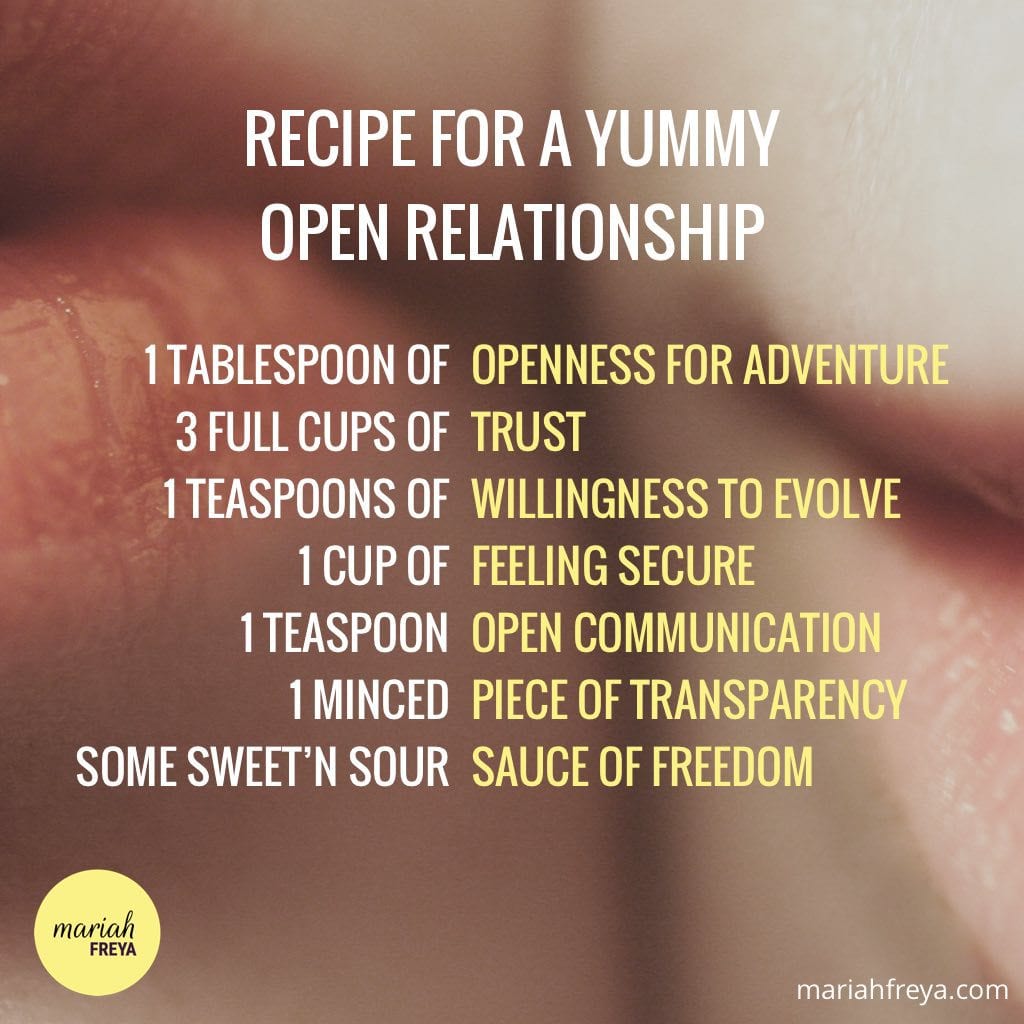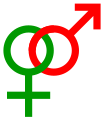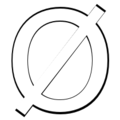
A Mobius Strip was used to reference the more traditional infinity symbol (which stands for "infinite love"), but instead of the normal figure-8 design, it was turned into a triangle shape.
Sexual orientation
(Lesbian and lesbian feminist)
The use of moons is thought to have a link to the expression "It's just a phase", which is often said to non-heterosexual persons in general to dismiss their sexuality as being transitional.
"The moon has phases. Bisexuality does not.", is a phrase often repeated in discussions about bisexuality and found in media and merchandise.Gender
Fetish
This makes reference to several other groups that the poly community has connections to: the gay community with its pink triangle, the lesbian/feminist community with the black triangle, the bi community with its 3-looped symbol and the double triangles, and even (very distantly) references the Top/bottom/switch Triskelion with its 3 pointed design.
This never really caught on because no one knows or remembers what the pi is opposed to stand for (the greek letter for "pi" translates to just "p" in English and is supposed to be the "p" in "polyamory" in this case).
In a forum there was some discussion about coming up with a better/alternative symbol. Something other than the silly parrot pun, something less feminine than a heart, and something more memorable than a pi symbol.
The Purple Triangle Mobius was born - not to replace all the other symbols (we're poly, after all, we embrace the power of AND!), but to complement and to be an alternative symbol that fulfilled a niche that the others didn't.
A Mobius strip is a never-ending strip. The infinity symbol (from the Heart / Infinity image) is one example of a Mobius Strip.
The easiest way to understand a Mobius Strip is to imagine a long strip of paper.
Now imagine twisting it once. Put the two ends together to form a loop and that's a Mobius Strip.
If you were to draw a line lengthwise down the middle of the strip, starting at the point where the two ends meet, you would start on the outside of the loop.
The line would then move to the inside at the twist, and come back to the joint but on the backside from where it started. You could continue to draw the line, twisting back towards the outside at the twist, to eventually end up where you started in a complete unbroken line that is twice as long as the space it takes. As long as there is an odd number of twists, this is what will happen when you try to draw that line.























